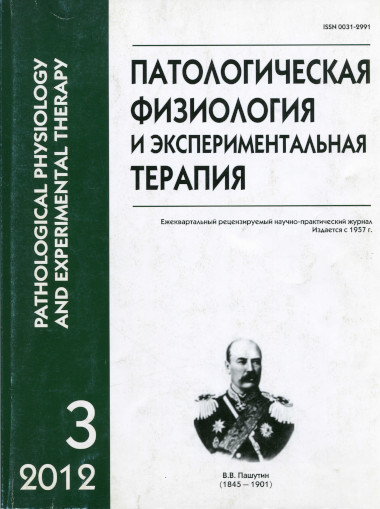Hypoxia, inflammation and phenotypic flexibility of macrophages: the central role of HIF-1 and NFkB
Abstract
Decrease of oxygen concentration, i.e. hypoxia, in organism tissues and cells is an important pathogenetic component in a large number of diseases. In these cases hypoxia is not only an important component of diseases pathogenesis, but can also influence immune reactions determining the outcome of diseases. Thus, concentration of macrophages in hypoxic areas and their reaction to hypoxia are the key moments in understanding the mechanisms of hypoxia influence on immunity. Macrophages are of the utmost importance in the congenital immune startup and define the vector of development of the adaptive response. In this review we present updated data on influence of hypoxia on macrophages phenotype and their plasticity, and we also analyze genetic trait of macrophages reaction to hypoxia. Molecular mechanisms of immune cells reaction on hypoxia and the role of transcription factors, HIF-1 and NF-kB, are analyzed. As a whole, it allowed to describe an important biological phenomenon — hypoxia-regulated control of macrophages phenotypic plasticity, and to define ways of search of new effective approaches to the management of diseases with hypoxic disturbances.






